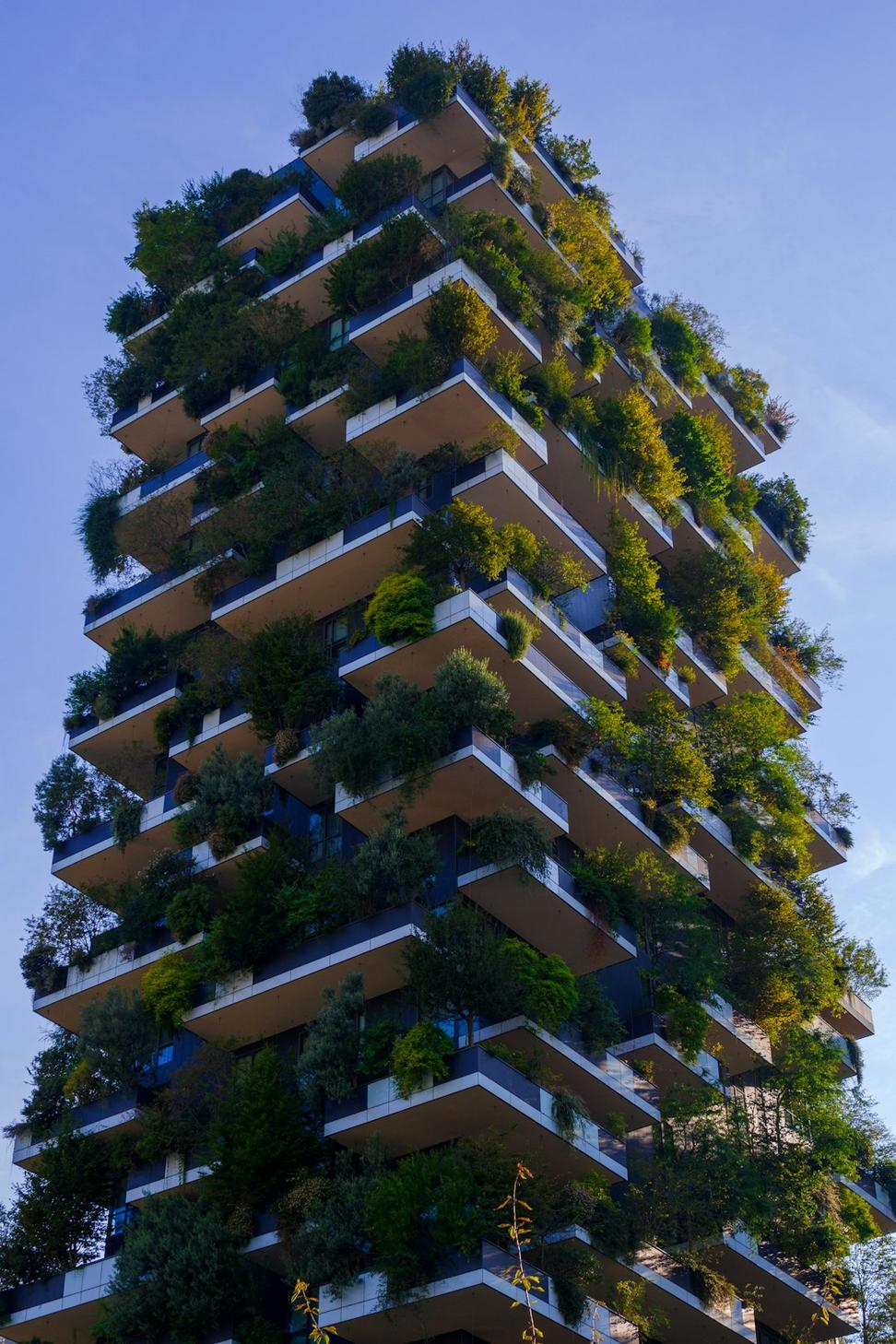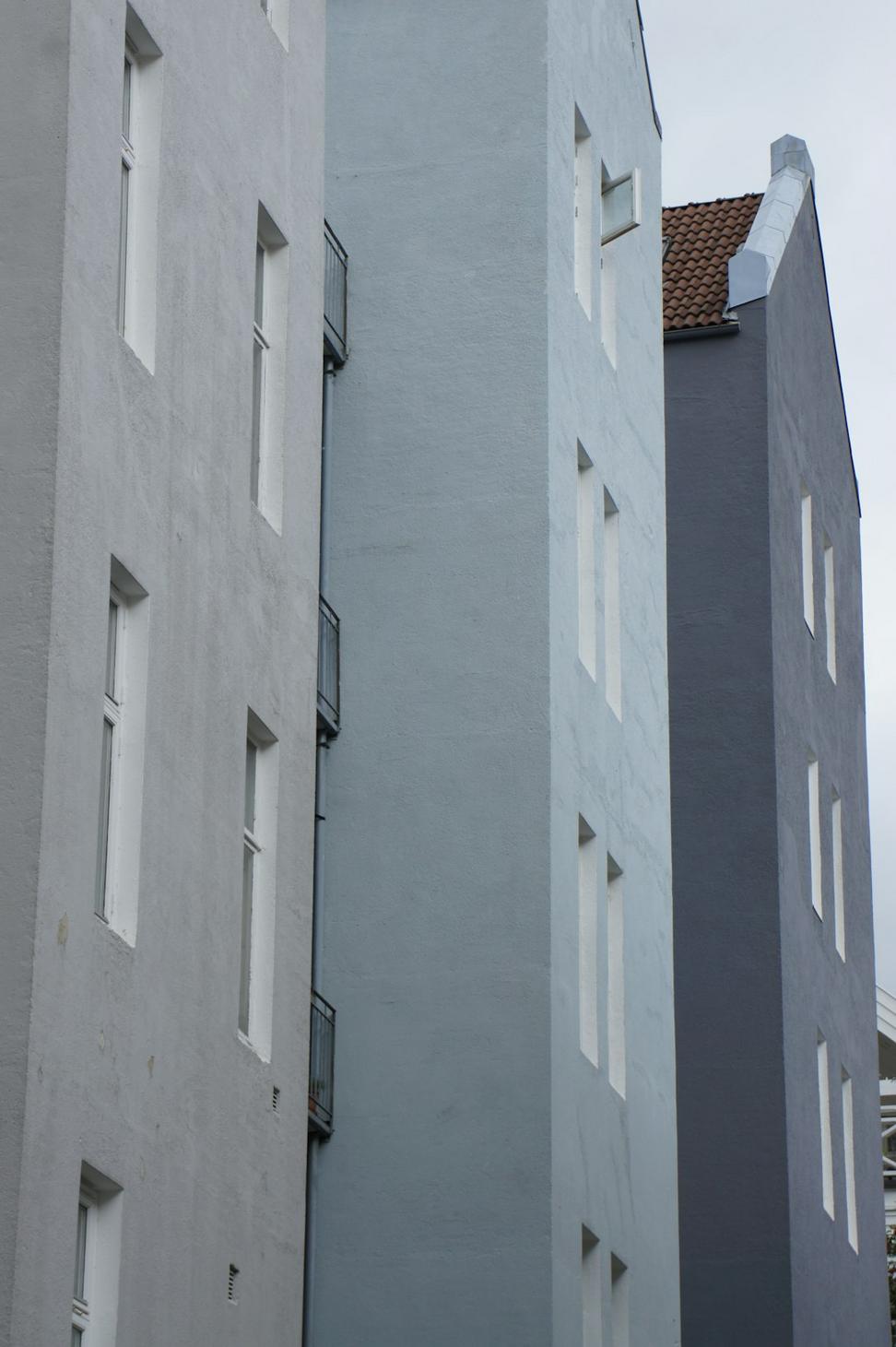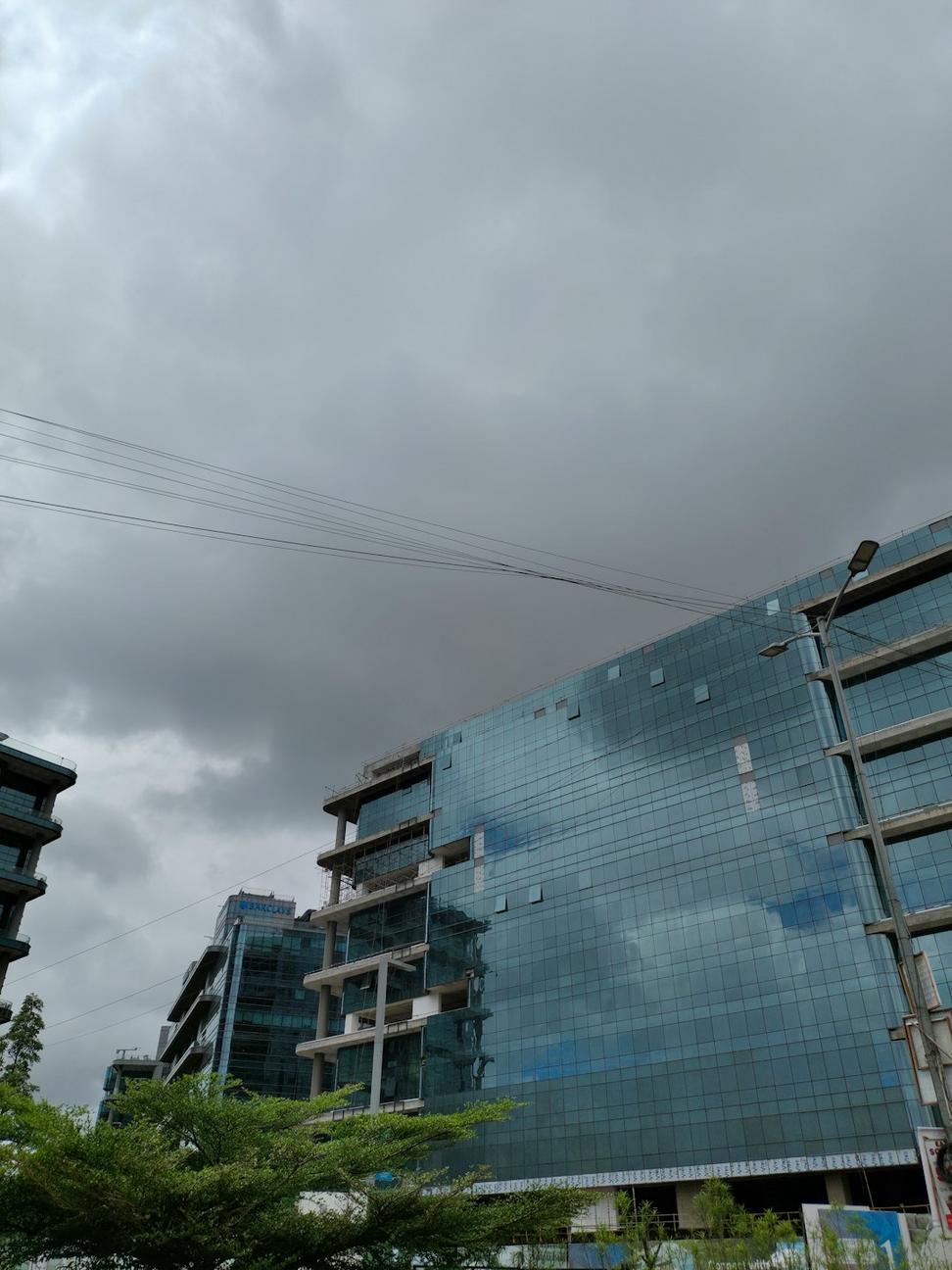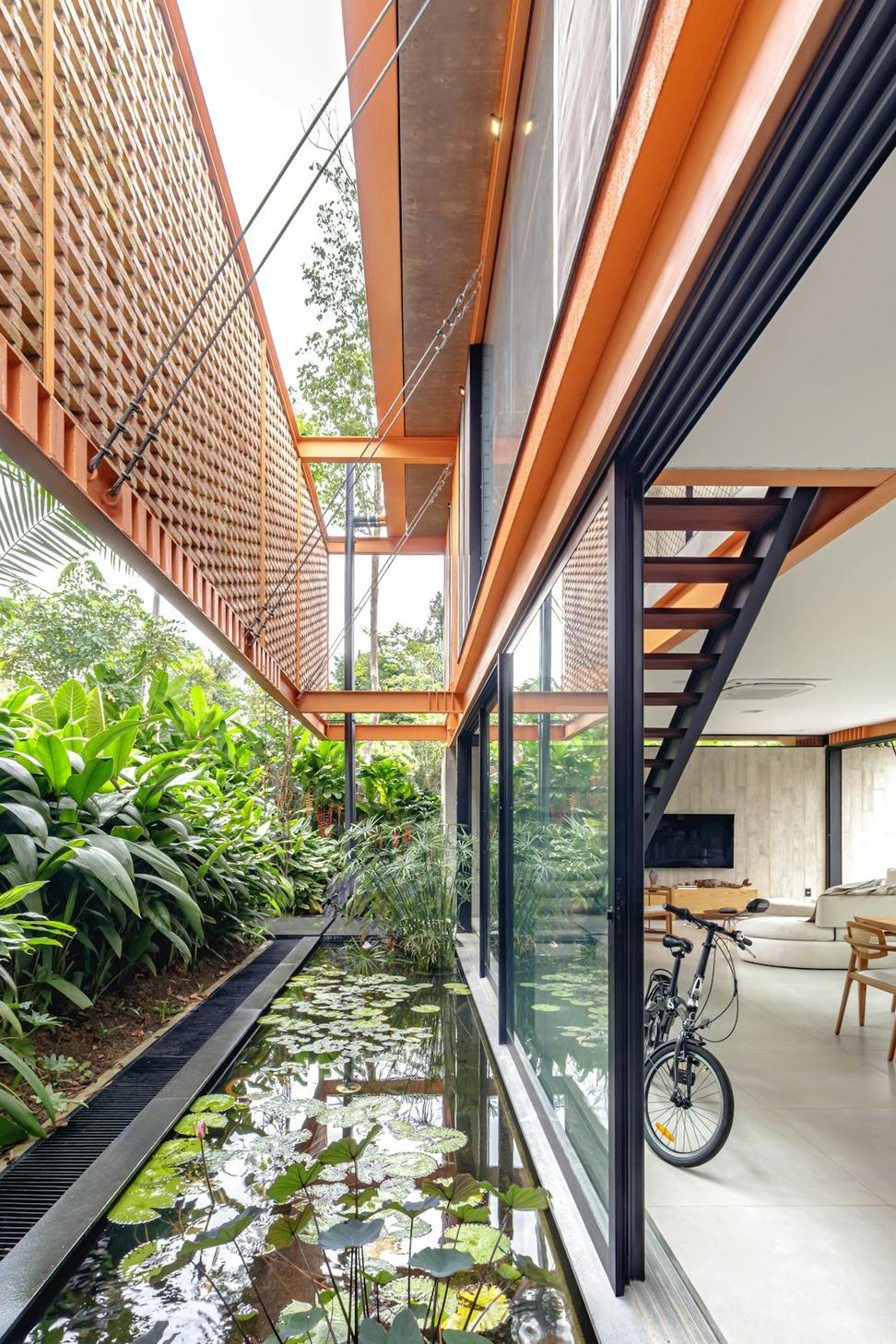
Why We're All-In on Sustainability
Look, I've been in this industry long enough to see trends come and go. But sustainable design? That's not a trend - it's the baseline now. When we started doing LEED certifications back in 2012, clients would ask "why bother?" Now they're asking "how fast can we get there?"
Here's the thing about green building that most people don't realize: it's not about sacrificing aesthetics or functionality. Some of our most beautiful projects are also our most energy-efficient. That timber-frame commercial building on Burrard? Uses 60% less energy than code requires and looks absolutely stunning.
We've worked on everything from net-zero homes to Passive House retrofits, and honestly, once you start thinking this way, you can't go back. It becomes part of your DNA as a designer.
47+
LEED Projects
12
Passive House Certified
8
Net-Zero Buildings


